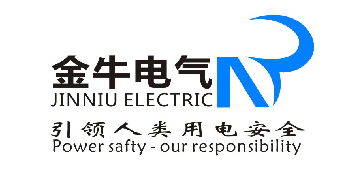
How to Choose a Surge Arrester: 4 Factors to Consider

Because surges can significantly shorten the life of a transformer, it is critical to have appropriate arrester protection for your transformers to maximize their lifespan.
In this article, you’ll learn how to choose the best surge arrester for your application.
Under-oil arresters vs. external arresters
For your distribution pad-mount transformers, you will use either an under-oil arrester (located inside the transformer itself), an elbow arrester or a parking stand arrester. For your pole-mount transformers, you will use either an under-oil arrester or overhead distribution arrester.
Under-oil arresters used to be more common but have largely given way to external distribution arresters. The main drawback of an under-oil arrester is that you can’t tell if the arrester has failed without going into the transformer.
For this reason, we recommend the use of an overhead distribution arrester for pole-mount transformers and either a parking stand or elbow arrester for pad-mount transformers.
Maximum continuous operating voltage (MCOV)
When selecting an arrester, it’s a good idea to choose one with a maximum continuous operating voltage (MCOV) that gives you some wiggle room from your line voltage. This will keep the arrester from operating during small voltage increases, such as when a voltage regulator is bucking or boosting.
However, you don’t want the MCOV too far above your line voltage because you want to limit the maximum discharge voltage of the arrester. The maximum discharge voltage is the voltage your transformer will see during a surge event. The lower the maximum discharge voltage and the quicker the arrester operates, the more protection it will give your equipment.
Overhead arrester options
When looking at your distribution arresters, your standard options will be a normal duty, heavy-duty and riser pole arrester.
As you go from a normal duty to a heavy duty and then to a riser pole, the sizes of the MOV (metal oxide varistor) blocks inside the arrester increase. This allows the surge to go to ground faster, which lowers the maximum discharge voltage of the arrester.
However, the price of the arrester also increases with the protection level. For this reason, if you order a pole-mount transformer with an arrester already installed and you don’t specify the type, you will receive a normal duty arrester.
If you want an arrester with more protection capabilities, make sure to list the one you want in your transformer spec.
The importance of a secondary arrester
If you only use an arrester on the primary side of the transformer, you’re leaving the secondary side unprotected.
One study found that about one-third of lightning surges hit distribution transformers through the secondary or pole ground. Surges on the low voltage side of overhead transformers often go undiagnosed because they show up as high voltage winding failures.
This is where a secondary arrester comes into play. By using a secondary arrester, you will protect both sides of the transformer. A secondary arrester is especially important if you have a transformer below 50 kVA without interlaced windings.
Choose the surge arresters with the best value
Since arrester needs vary for each utility, get in touch with an Professional technical manufacturer,Like Jinniu Electric to discuss the arresters that will bring you the best value.






